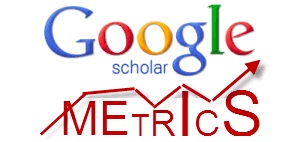ASYMMETRY OF HIERARCHICAL SOCIAL ROLES BY IDENTIFYING THE FEATURES OF ITS REFLECTION IN THE SEMANTIC STRUCTURE OF WORDS
Abstract
This article examines the asymmetry of hierarchical social roles through the lens of linguistic analysis, focusing on their reflection in the semantic structure of words. Language serves as a powerful medium to encode and perpetuate societal hierarchies, revealing the inherent disparities in power, authority, and subordination within various social contexts. By studying the semantic features of words associated with these roles, the research sheds light on how language mirrors and reinforces social inequalities.
References
2. Chomsky, N. (2012). Syntactic structures. Mouton de Gruyter.
3. Fairclough, N. (2015). Critical discourse analysis: The critical study of language. Longman.
4. Halliday, M. A. K., & Matthiessen, C. M. I. M. (2014). Halliday's introduction to functional grammar (4th ed.). Routledge.
5. Hofstede, G. (2011). Cultures and organizations: Software of the mind. McGraw-Hill.
6. Levinson, S. C. (2013). Language and mind: The cognitive role of semantics. Wiley-Blackwell.
7. Sapir, E. (2011). Language: An introduction to the study of speech. Harcourt, Brace & World.
8. Saussure, F. de. (2016). Course in general linguistics. McGraw-Hill Education.
9. Wierzbicka, A. (2012). Semantics, culture, and cognition: Universal human concepts in culture-specific configurations. Oxford University Press.
10. Lakoff, G. (2017). Women, fire, and dangerous things: What categories reveal about the mind. University of Chicago Press.
Copyright (c) 2025 News of the NUUz

This work is licensed under a Creative Commons Attribution-NonCommercial-ShareAlike 4.0 International License.


.jpg)

1.png)







